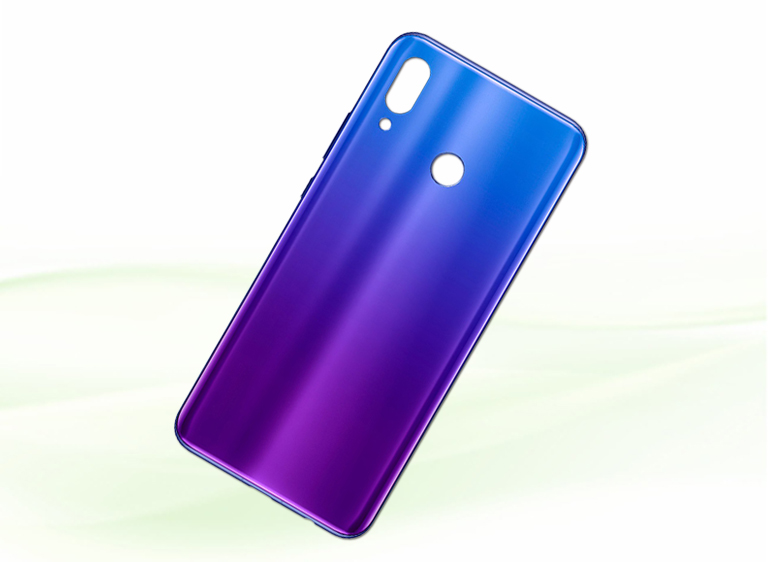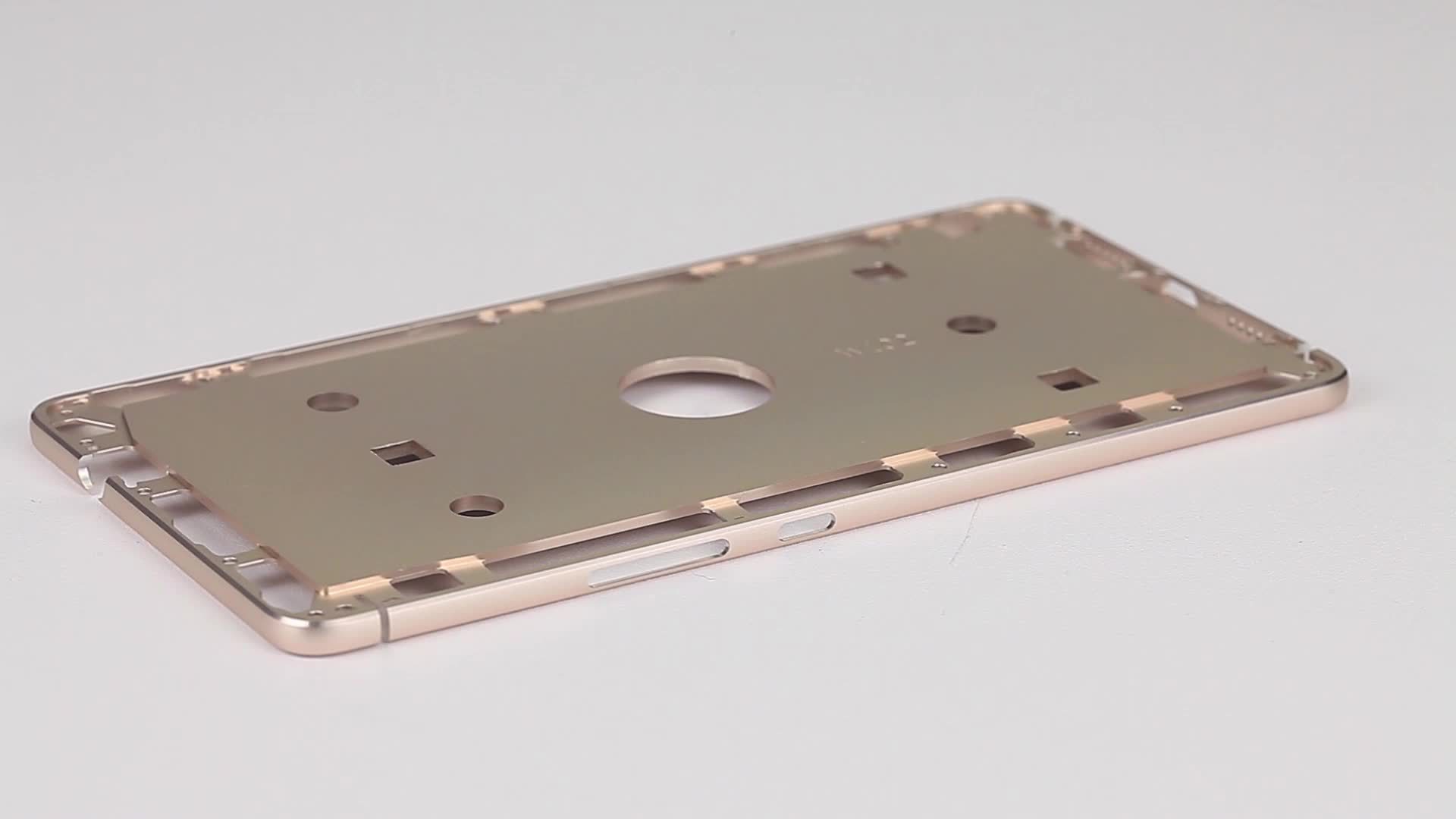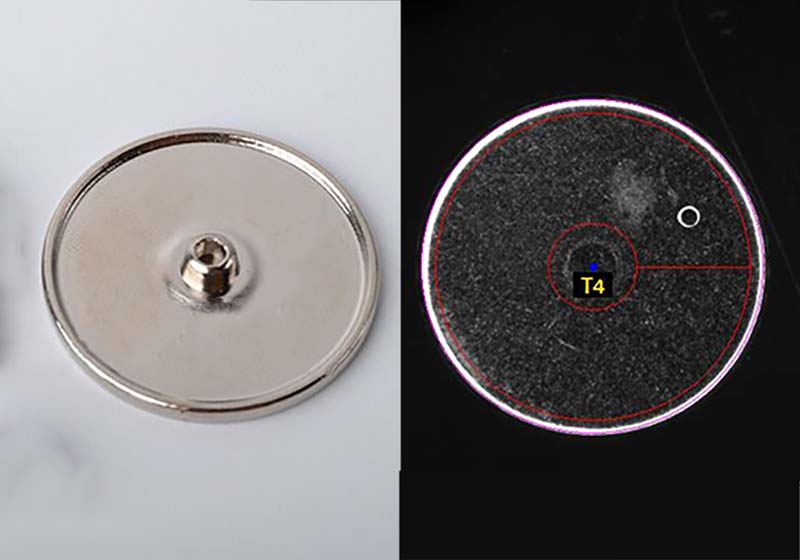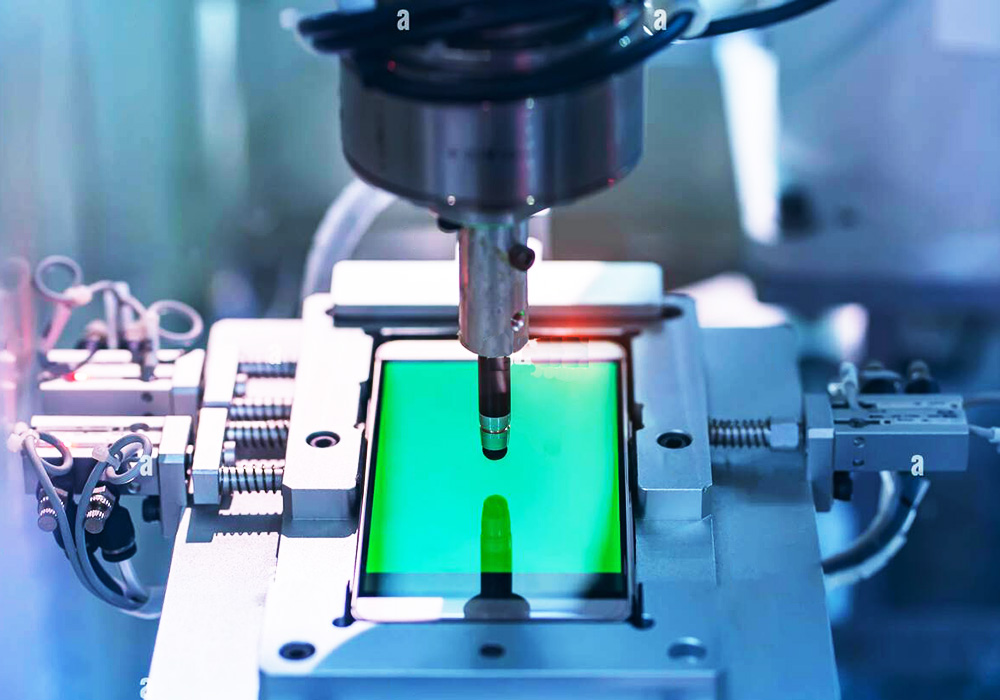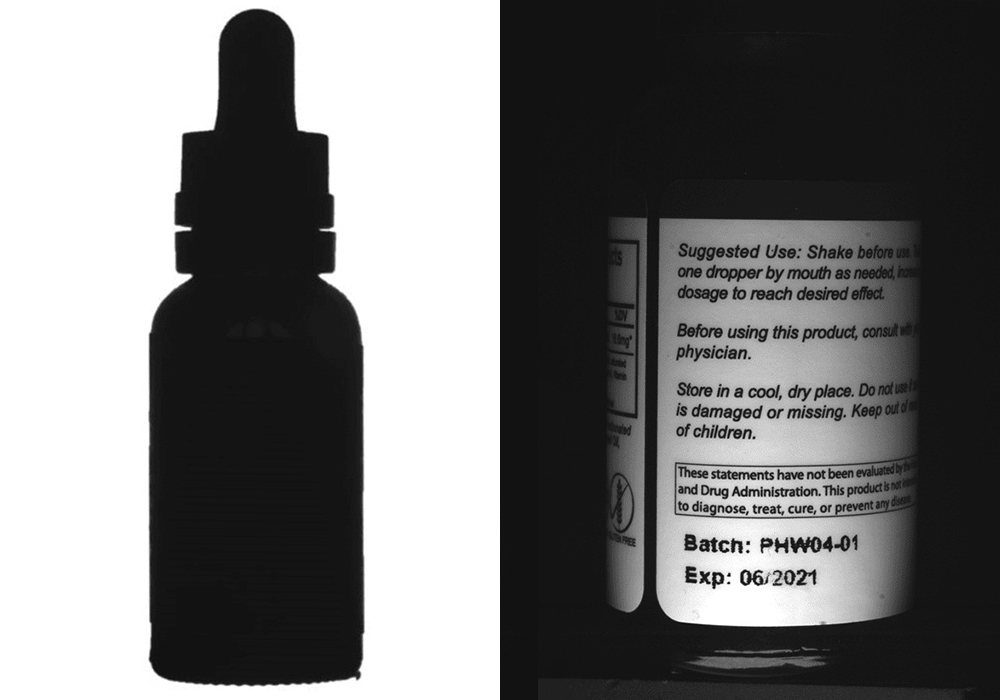The following is the relevant content regarding the appearance inspection of mobile phone glass back panels:
Inspection Items
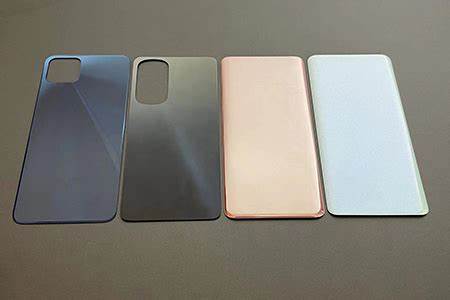
- Scratch Detection: Mobile phone glass back panels are prone to scratches of different degrees during the production, transportation, assembly or use processes. There may be shallow scratches as fine as a hair, or deeper and more obvious scratches. These scratches will affect the aesthetics and overall quality of the back panel, and appropriate detection methods are required to accurately identify and distinguish their severity.
- Crack Detection: Due to the influence of factors such as external impacts and temperature changes, cracks may occur on the glass back panel. Even very small cracks may further expand during subsequent use, endangering the overall structural safety of the mobile phone. During inspection, it is necessary to ensure that cracks of various lengths and directions can be detected.
- Bubble Detection: During the glass manufacturing process, bubbles may be mixed in. Although some bubbles may not be easily visible to the naked eye, they will affect the transparency and appearance texture of the glass back panel. The detection system should be able to accurately locate and determine the size and quantity of the bubbles.
- Contamination Detection: In the production environment, the surface of the glass back panel may be contaminated with dust, oil stains and other dirt, or stains may adhere during the use process, which will make the back panel look unclean. It is necessary to detect the specific positions and coverage areas of the surface dirt.
- Corner or Edge Defect Detection: In case of unexpected situations during processing or transportation, the glass back panel may have edge breakages, missing corners and other problems, which will affect its installation and the overall appearance integrity. During inspection, it is necessary to accurately determine these defect situations.
Inspection Scheme
- Hardware Equipment Selection:
- High-resolution Camera: Select an industrial camera with high pixels (for example, 8 million pixels or more), clear imaging and the ability to capture tiny details to ensure that features such as fine scratches and small bubbles on the glass back panel can be clearly seen. The frame rate of the camera should be adapted to the operating speed of the production line to avoid missed inspections.
- Lighting System: Given the light transmission and reflection characteristics of glass, polarization light illumination, coaxial light illumination and other methods are usually chosen. Polarization light illumination can effectively reduce the interference caused by the reflected light on the glass surface, and coaxial light illumination helps to highlight surface defects. By reasonably adjusting the angle, intensity and other aspects of the light source, the image contrast can be enhanced to facilitate subsequent inspections.
- Carrying and Positioning Devices: Precise carrying platforms and positioning fixtures should be equipped to ensure that the glass back panel has a fixed position and stable posture during the inspection process, preventing image acquisition deviations caused by shaking, displacement and other factors and affecting the inspection accuracy.
- Image Processing and Algorithm Optimization:
- Image Preprocessing: First, perform grayscale processing on the collected images to convert color images into grayscale images to simplify subsequent calculations. Then, use filtering algorithms (such as median filtering to remove salt-and-pepper noise and Gaussian filtering to remove Gaussian noise) for noise reduction to improve the image quality and make the defect features more obvious.
- Feature Extraction and Analysis: Use a variety of image processing algorithms to extract features. For example, use edge detection algorithms (such as Sobel, Canny, etc.) to extract the edge contours of scratches, cracks, missing corners and other defects. Utilize morphological processing (opening operation, closing operation, etc.) to remove small interfering objects and fill holes to assist in accurately analyzing defect features. It is also possible to combine texture analysis algorithms to determine whether there are texture abnormalities on the glass surface caused by bubbles, dirt and other factors.
- Deep Learning Algorithm Application: Collect a large number of mobile phone glass back panel appearance defect images with accurate annotations, and use deep learning algorithms such as convolutional neural networks (CNN) for training, so that the model can automatically learn and master the characteristic manifestations of different defects, thereby improving the accuracy of identifying various defects and the generalization ability for different back panel situations in actual inspections.
- Detection Flow Design:
- Loading and Positioning: Use automated loading equipment to place the mobile phone glass back panel on the inspection platform, and precisely fix its position and angle through the positioning device to ensure that the back panel is in a standard posture during each inspection.
- Image Acquisition: After the back panel is positioned, the industrial camera performs image acquisition from multiple angles and different directions according to preset procedures and parameters to ensure that the entire surface of the glass back panel can be covered and comprehensive appearance image information can be obtained.
- Defect Detection and Classification: The collected images are transmitted to the image processing system. After preprocessing, feature extraction and analysis, and processing by deep learning algorithms, the system automatically determines whether there are defects and accurately classifies the defects, such as determining whether they are scratches, cracks or bubbles, etc., and simultaneously marks key information such as the position and size of the defects.
- Result Output and Feedback: The inspection results are presented in an intuitive form. For example, mark the positions and types of various defects on the image with different colors and shapes for the convenience of operators to view. And promptly feed the inspection results back to the production control system. For unqualified products, the system can automatically issue an alarm or start a sorting operation to separate them from the production line.
- Quality Control and Data Analysis:
- Establishment of Quality Standards: Based on the positioning of mobile phone products and the requirements of customers, formulate detailed quality standards for the appearance defects of mobile phone glass back panels, clearly define the acceptable ranges of each defect (such as the length and width limits of scratches, the size and quantity limits of bubbles, etc.). If it exceeds the range, it will be judged as unqualified.
- Data Analysis and Statistics: Conduct in-depth analysis of various types of data collected during the inspection process, and count the occurrence frequencies of different defect types, the changing trends of the number of defects in different batches of products, etc. Through these data analyses, potential problems in the production process can be discovered, such as whether the instability of a certain link in the manufacturing process leads to an increase in bubbles or whether improper protection during transportation causes scratches to occur frequently.
- Continuous Improvement: According to the results of quality control and data analysis, regularly optimize the inspection system, adjust the parameters of hardware equipment (such as the focal length of the camera, the intensity of illumination, etc.), improve the threshold settings of image processing algorithms, etc., to improve the accuracy and efficiency of inspection. At the same time, feed the discovered problems back to the production department to prompt it to improve the production process, transportation packaging and other links, and continuously improve the appearance quality of mobile phone glass back panels.
Through such a complete appearance inspection scheme for mobile phone glass back panels, the appearance quality of glass back panels can be controlled more accurately, the overall quality of mobile phones can be guaranteed, and at the same time, the production efficiency can be improved and the after-sales costs caused by appearance defects can be reduced. If you have other specific requirements or modification opinions, please feel free to contact us at any time.

